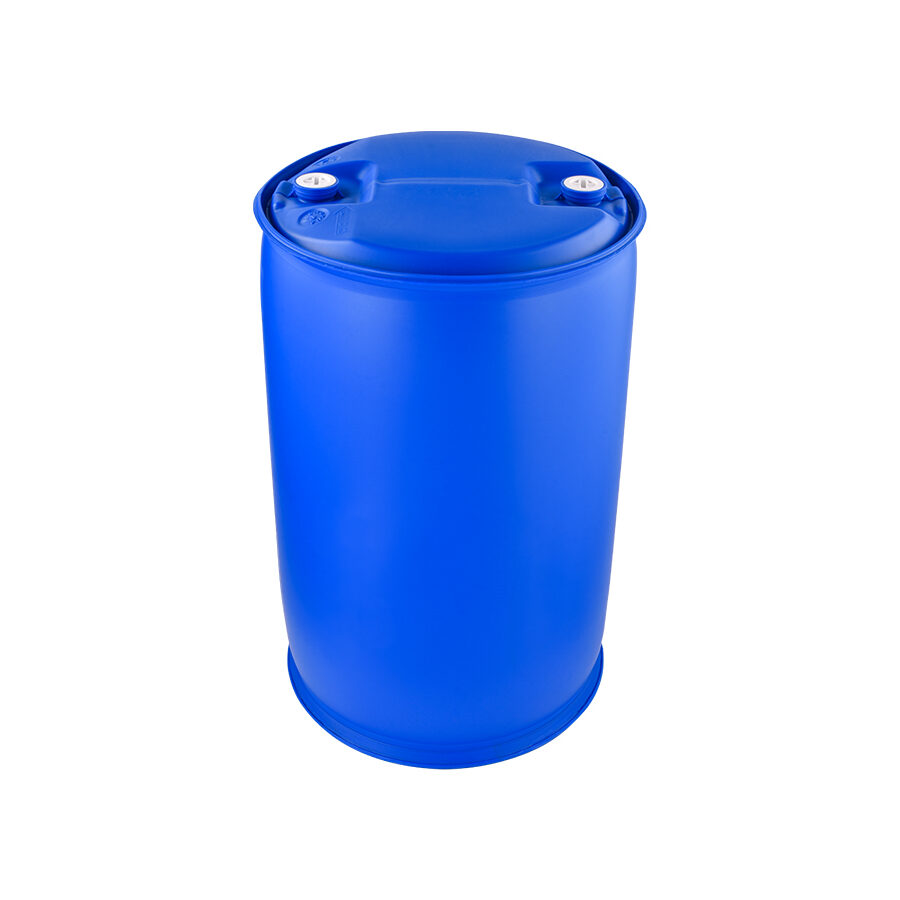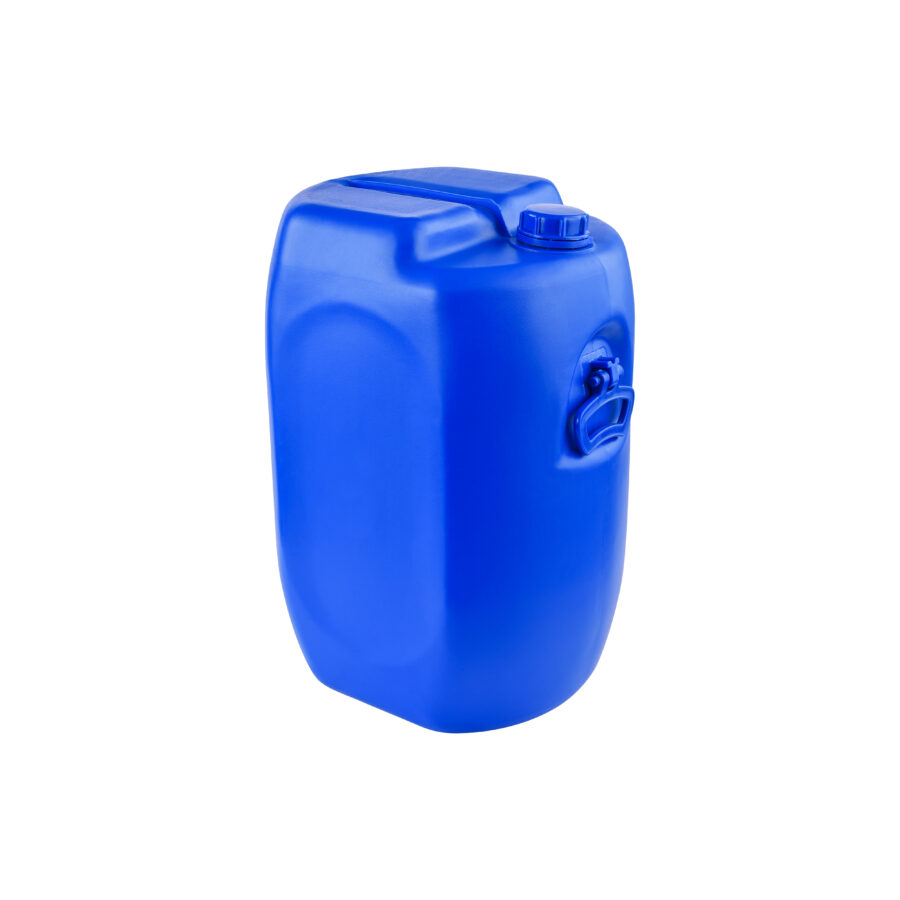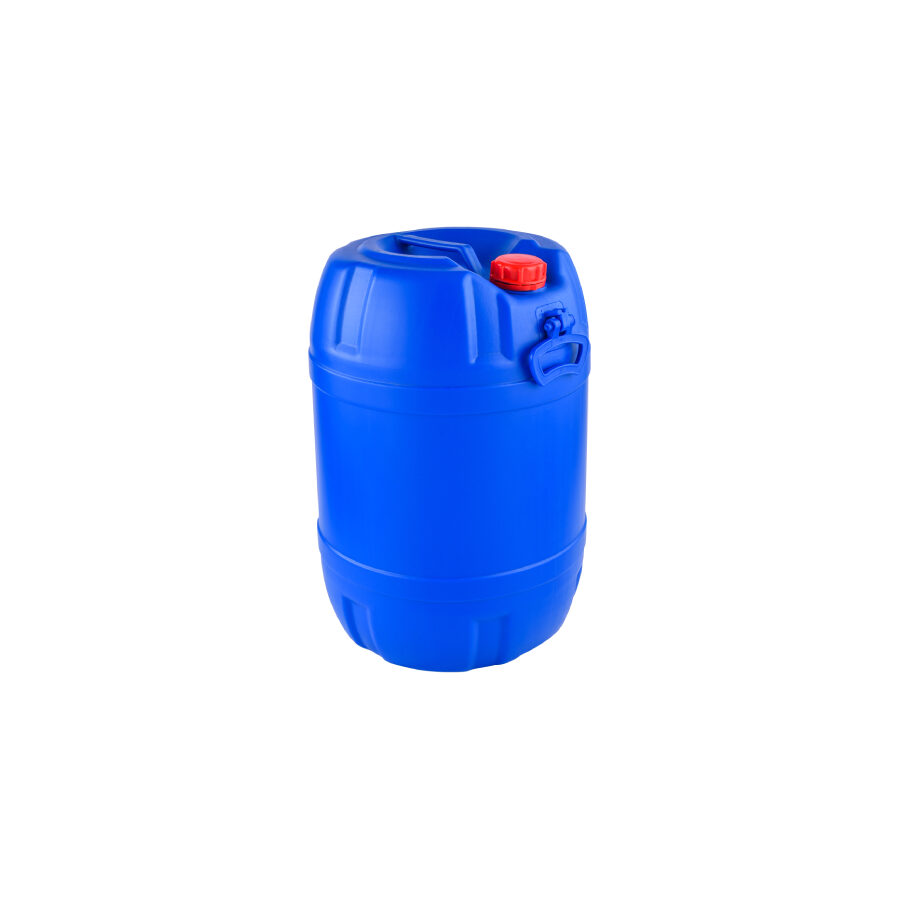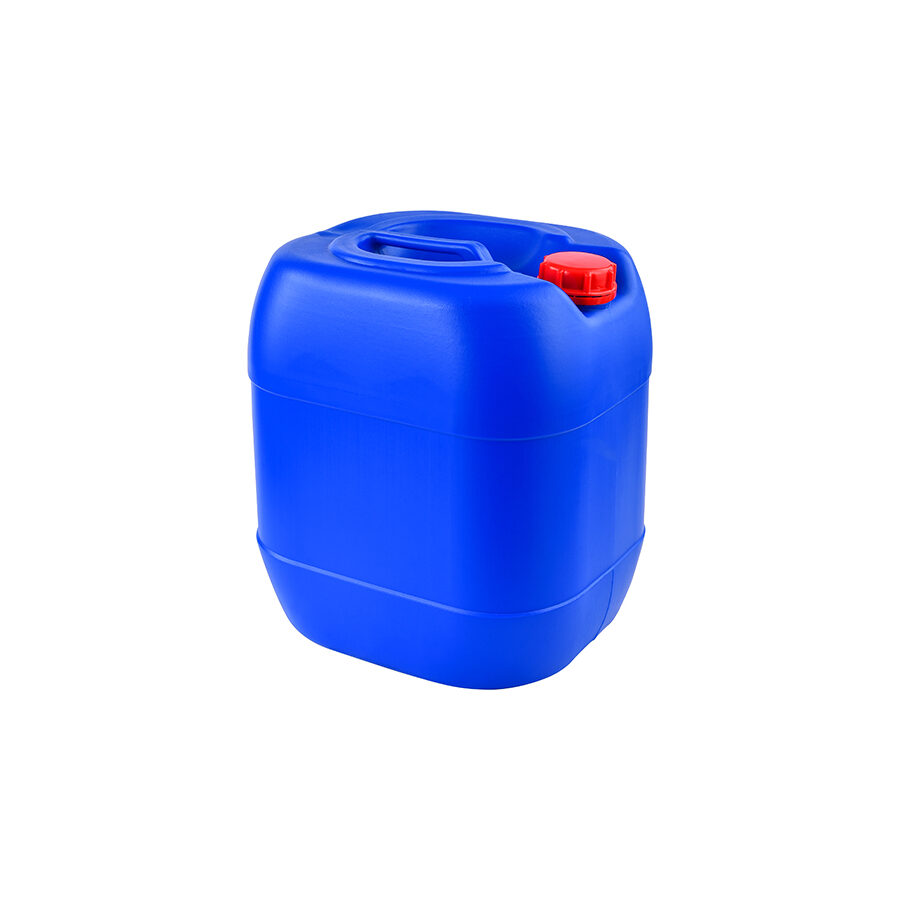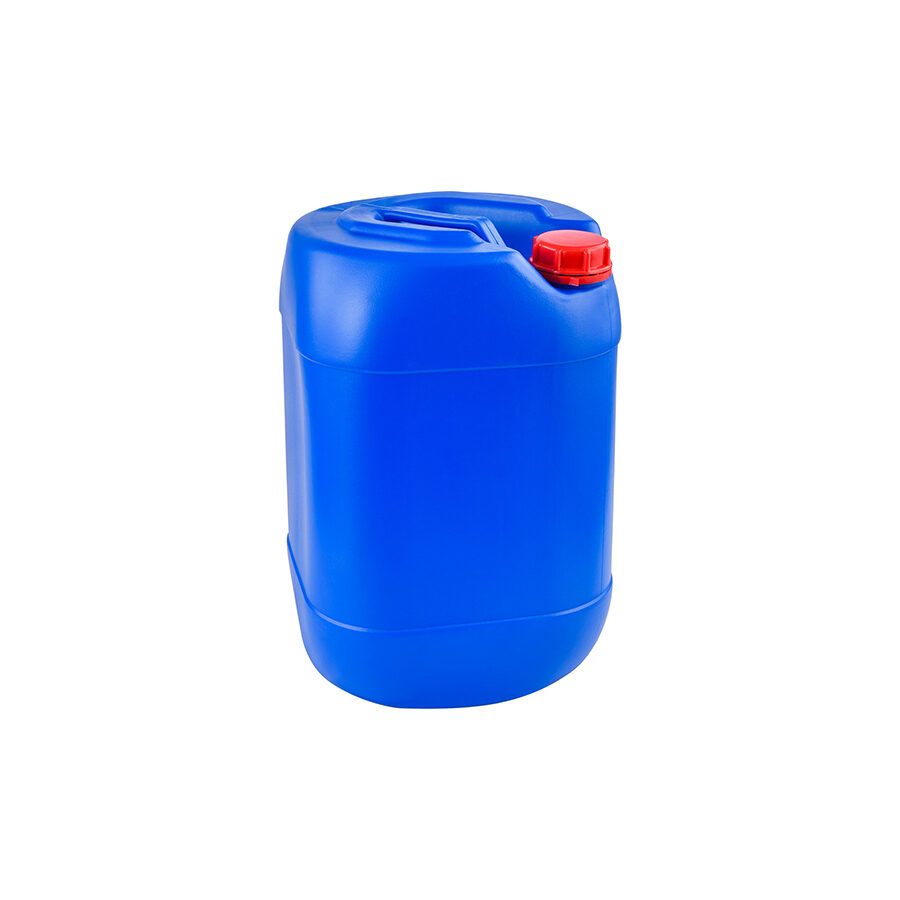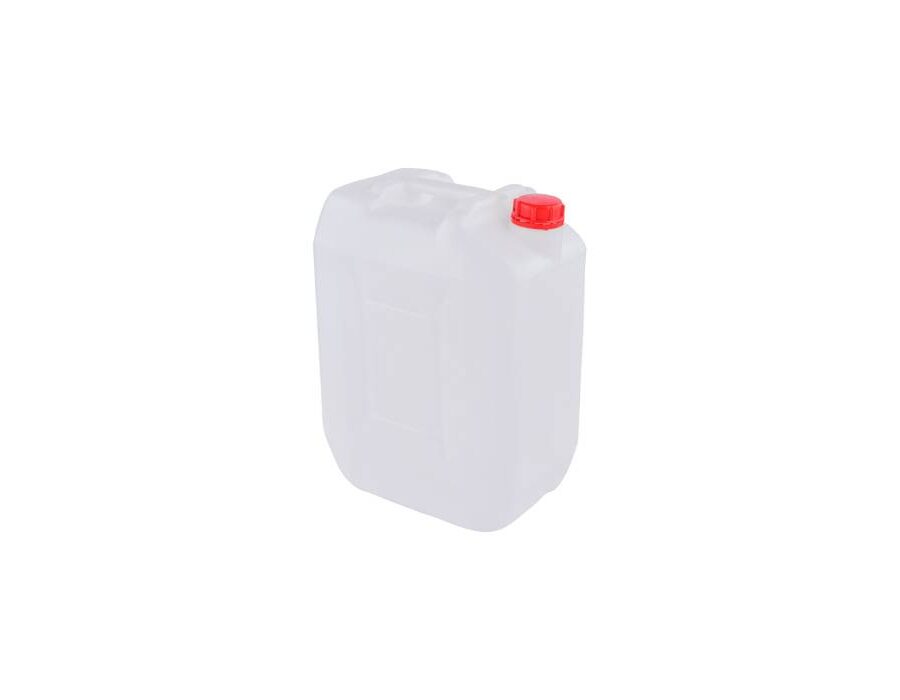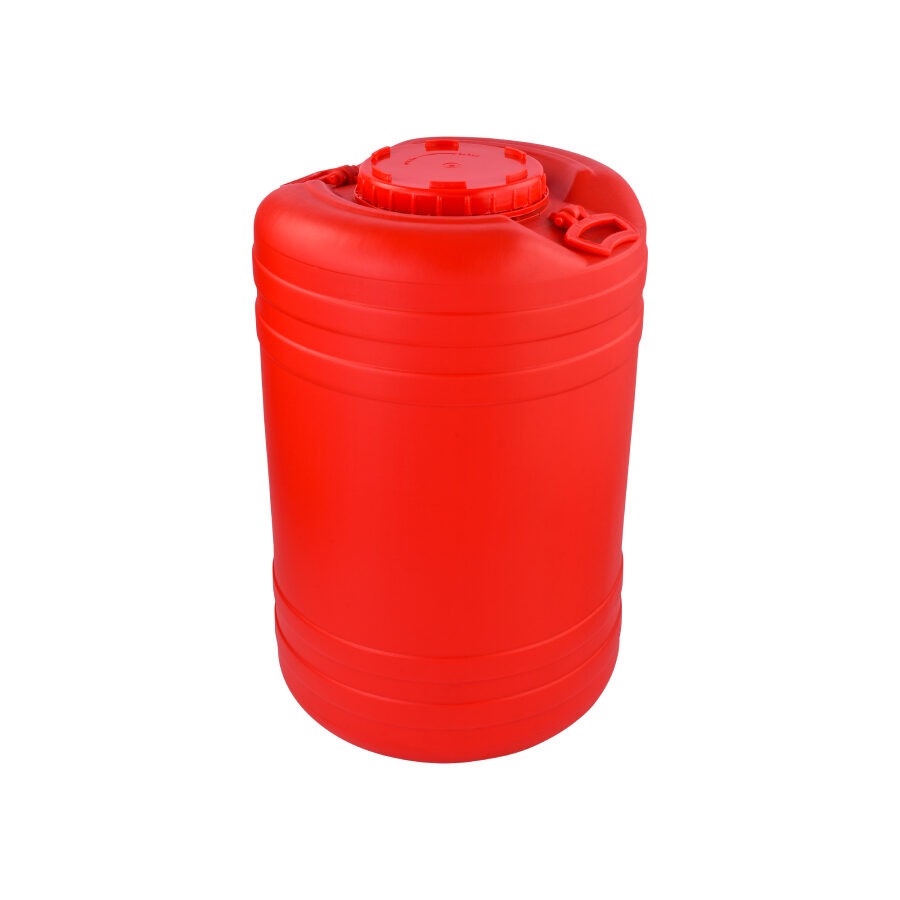Vents prevent pressure buildup, reducing the risk of container deformation, leaks, or bursts. They allow smooth dispensing by balancing internal and external pressure, preventing glugging or splashing. Additionally, vents help control hazardous fumes, improving workplace safety and regulatory compliance.
Chemicals Requiring Ventilation: According to the UN Orange Book
The United Nations Orange Book specifies that certain chemicals require ventilation to prevent pressure buildup, container deformation, and leaks. These include:
- Gases (Class 2): UN 1005 (Ammonia), UN 1017 (Chlorine), UN 1978 (Propane).
- Flammable Liquids (Class 3): UN 1203 (Gasoline), UN 1170 (Ethanol), UN 1993 (Flammable liquids, n.o.s.).
- Corrosives (Class 8): UN 1789 (Hydrochloric acid), UN 1830 (Sulfuric acid), UN 2031 (Nitric acid).
- Toxics (Class 6.1): UN 1098 (Allyl alcohol), UN 1541 (Calcium arsenate).
- Oxidizers/Peroxides (Class 5): UN 1791 (Bleach), UN 2014/2015/2984 (Hydrogen peroxide), UN 3149 (Peracetic acid mixtures), UN 3109-3120 (Organic peroxides).
Agrochemical Products
Highly concentrated pesticides and fertilizers can release gases or consume oxygen, leading to packaging deformation. Ventilation ensures container integrity, prevents leaks, and protects labels from damage.
Examples of agrochemicals requiring ventilation.
- Nitrogen-Based Soil Enhancers
- Crop Protection Sprays
- Plant Growth Promoters
- Yard and Garden Treatments
- Domestic Pest Control Agents


Agrochemical Products
Highly concentrated pesticides and fertilizers can release gases or consume oxygen, leading to packaging deformation. Ventilation ensures container integrity, prevents leaks, and protects labels from damage.
Examples of agrochemicals requiring ventilation.
- Nitrogen-Based Soil Enhancers
- Crop Protection Sprays
- Plant Growth Promoters
- Yard and Garden Treatments
- Domestic Pest Control Agents
Home Care Product Venting
Modern home care formulas, often highly concentrated, necessitate venting to avoid container damage such as leaks, warping, and seal failures. Consumers demand robust, leak-proof packaging. Pressure equalization through venting is crucial for these common product types.
- Fabric and Upholstery Spot Removers
- Textile Stain Lifting Solutions
- Pipe Unclogging Compounds
- Hypochlorite-Based Surface Sanitizers
- Mineral Deposit Dissolvers
Differences
Consumption
of Gases
Vacuum Collapse

